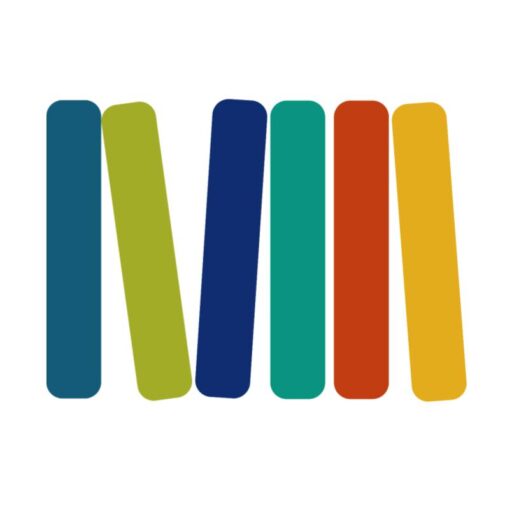We’ve all been there!
We’ve all said some version of this phrase!
After chanting and practicing and highlighting and rainbow writing a word repeatedly, a student encounters the word in print (or goes to use it in their writing) and looks at it like it’s a martian with three heads!
And we find ourselves chiding, “You know that word. You just practiced it yesterday!!”
But, actually, they don’t. Otherwise, they would read it with ease.
It’s not that they’ve learned the word and forgotten it.
The truth is, when we really know a word, we just don’t forget it. When children don’t recognize a word, it’s that they haven’t actually learned the word in an EFFECTIVE, BRAIN-FRIENDLY way–a way that makes the word stick in their memories. . .
And that’s usually because so many of us – ourselves included – have taken a “just-have-to-memorize- them” approach to teaching high-frequency words, especially when words have funky or irregular spellings.
We say things like, “You just have to know ‘em when you see ‘em” or “This word breaks the rules so you just have to memorize it.” Statements such as these have become our mantra, and they represent some of the most closely held beliefs about how we learn words..
And this assumption that word recognition is primarily a sight-driven activity, makes perfect sense, after all it sure feels like . . .

. . . when we see a word like said, we simply recognize it visually in the same way we would recognize a chair, or a horse, or a bottle of mustard. But, although it’s true that the eyes are the doorway for written words to enter the circuitry of the brain, the brain doesn’t actually have the capacity to visually memorize the 30,000 – 70.000 (Kilpatrick, 2017) words proficient readers know instantly and automatically.
While words do enter the brain through the eyes, they aren’t stored visually. David Kilpatrick likens this to bringing a new vacuum cleaner into your home. You bring it in through the door, but that’s not where you store it. It has to get put away in an accessible closet for easy retrieval.

As it turns out really knowing words (getting them into the brain’s accessible word closet) in ways that enable lightning-fast and reflexive retrieval can only happen when the brain builds high-speed connections between the word’s phonology (sounds), orthography (spellings), and meaning. This process is known as orthographic mapping (Erhi, 2014).
In upcoming posts in this series, we will tell you more about orthographic mapping and how the brain really learns to read and write words automatically. But, if you can’t wait, or if you want to go even deeper than a blog series, we invite you to be part of our new, on-demand mini-course, Sight Word Success (SWS). In this quick but power-packed course, you’ll learn the WHY and the HOW of more science-aligned and brain-friendly word instruction.
Say goodbye to, “But you know that word!” And say hello to, “Yes! You know that word!”
We’ve launched a new, on-demand mini-course that is all about orthographic mapping and how to teach high-frequency words in sticky ways.
It’s called Sight Word Success, and we’d love to have you be a part of it!
Linnea C. Ehri. 2014. Orthographic Mapping in the Acquisition of Sight Word Reading, Spelling
Memory, and Vocabulary Learning, Scientific Studies of Reading, 18:1, 5-21. https://registrar.ecu.edu/wp-content/pv-uploads/sites/257/2019/07/ehri.pdf
Kilpatrick, David A. 2017. Equipped for Reading Success: A Comprehensive, Step-by-Step Program for
Developing Phonemic Awareness and Fluent Word Recognition. Syracuse, NY: Casey and Krisch Publishers.
-

Jan Burkins and Kari Yates are authors, speakers, and consultants, who are dedicated to helping teachers around the world translate reading science into simple instructional moves that help teachers make learning to read easier for their students while still centering meaning-making, engagement, and joy.
Recent Posts


